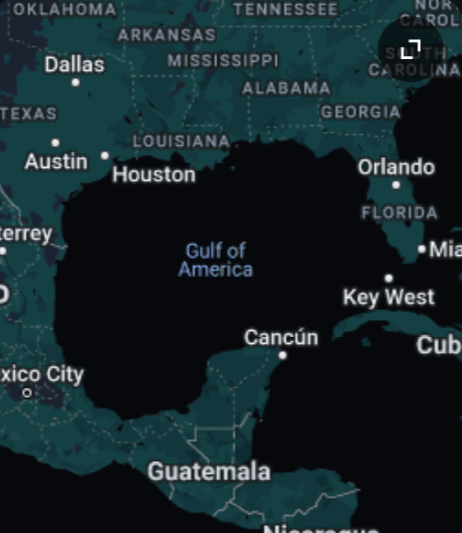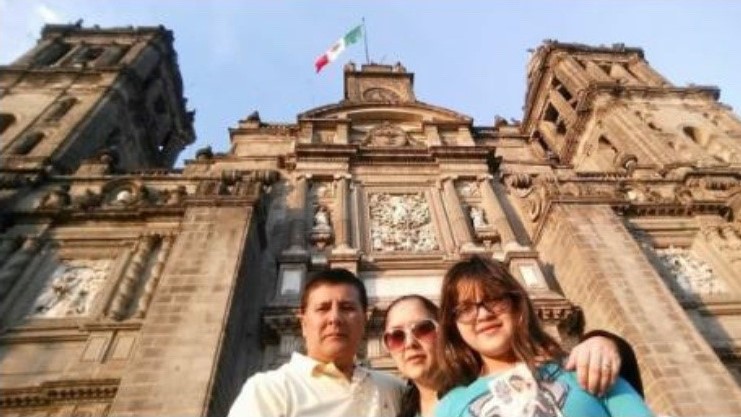Growing up bi-lingual; Student experiences many cultures
Monica Cespedes and her parents snapped a shot in front of el Zocalo, the main government building in Mexico City; She continues to explore the many aspects of the cultures that surround her.
January 21, 2021
“While learning a different language you inevitably learn about that country’s culture, which can be very enlightening,” Monica Cespedes described the process of becoming bi-lingual. The Sophomore speaks one language at school but another at home.
Growing up in the United states with Mexican and Peruvian parents, Cespedes “learned both Spanish and English from an early age.” She is “fluent in both but, […] [she] is most familiar with Spanish as it was the first language [she learned].”
Cespedes explained how she “learned Spanish from […][her] parents and English from teachers, classmates, and television shows growing up.” She recalls learning two languages as being “really easy because […] [she] grew up in an environment where both languages were spoken.”
Her parents grew up in their respective countries, her “Mom is from Mexico and […] [her] Dad is from Peru.” Cespedes stated that her “parents were very serious about […] [her] learning Spanish and they knew […] [she] would not have a problem because of going to an English- speaking school.”
Not only did they make sure she knew Spanish, but taught their daughter “cultural traditions from their countries.” As a result of growing up in Peruvian and Mexican culture, Cespedes is “not as familiar with the traditions of Americans.” She revealed how her family celebrates the Spanish holiday, “Día de los Muertos– which is the day of the dead, watching the art form of bullfighting, and listening to Spanish music.”
She also practices the religion Christianity. But the difference for Cespedes’ family is she, “grew up very catholic in a Latino way.” This means they ‘listen to specific Mexican and Peruvian Christmas songs that are about God and centered around the original meaning of Christmas.” Another difference includes “opening presents on January sixth instead of on December 25th like most American Christians.”
Visiting her parents’ home countries is another part of growing up in a multi-ethnic household. Cespedes “goes to Mexico every year to visit family.” While in Mexico the young traveler “definitely feels like […] [she] fits in with the natives.” This is because, like Cespedes, “many of them are mestizo, which is having Latin American and Spanish European roots.”
When thinking about the visits to Mexico she is, “often reminded of going down a little river on a tour boat and making small talk with the tour guide. For Cespedes, “ it was nice to talk to people in Spanish.” Her family has also made visits to Peru.
Cespedes’ last trip being “to visit […] [her] Grandfather,” she experienced the “small quirks of Peruvian culture.” Something she found “interesting was the very Latino tradition of leaving their dogs on the roofs of houses.” They put the dogs on the roof due to, “the lack of yard many residents of Peru have.”
Another detail about Peru that the tourist found interesting was, “when you walk down the streets you will find animals that Americans consider exotic. Many merchants will have stands trying to sell monkeys and parakeets from the tropical rainforest all over the country.”

















